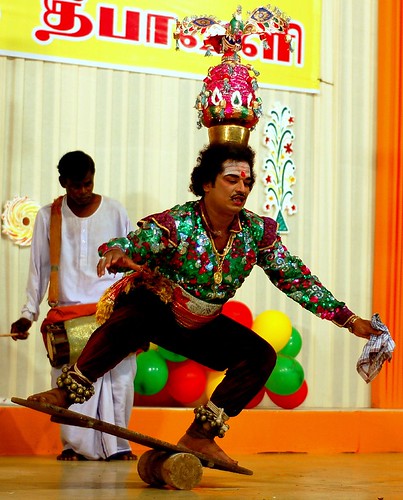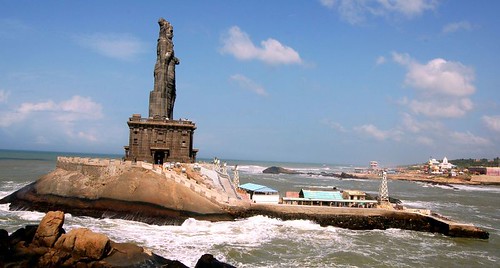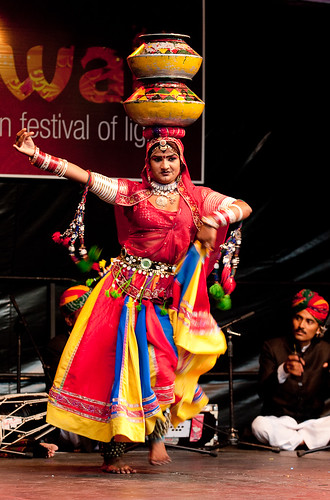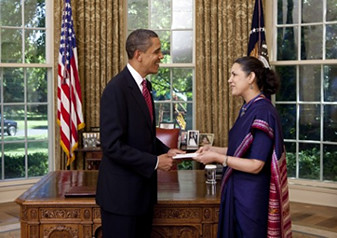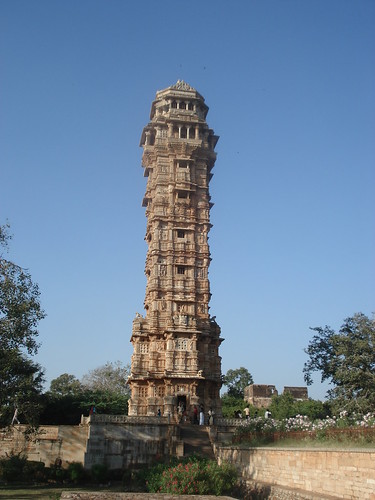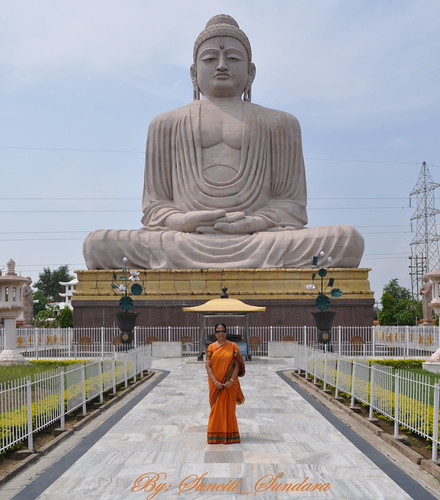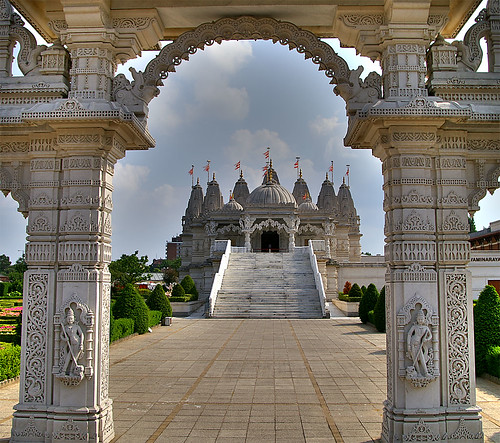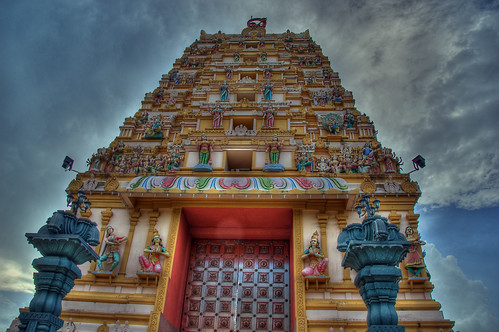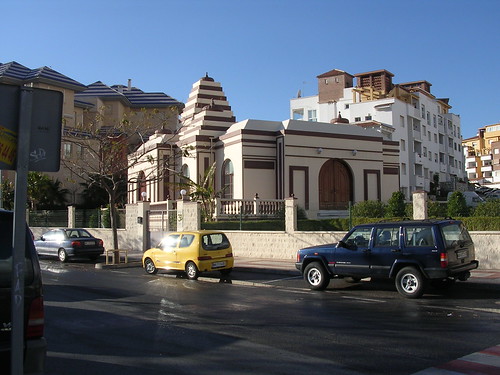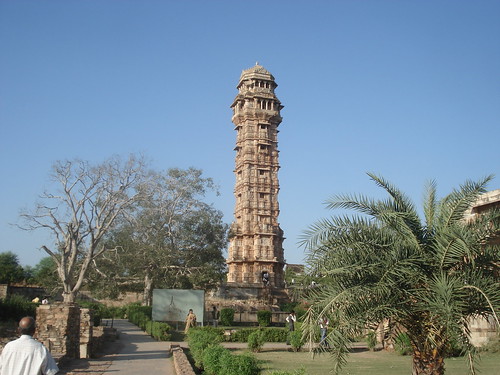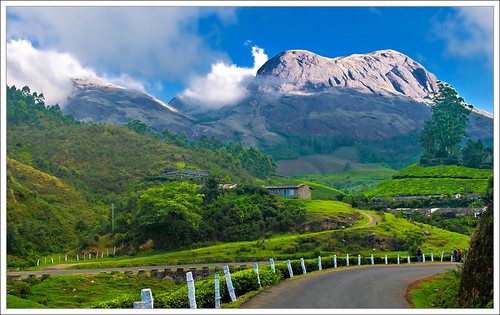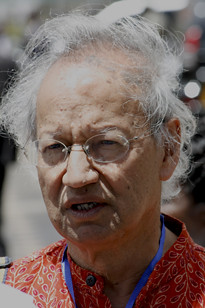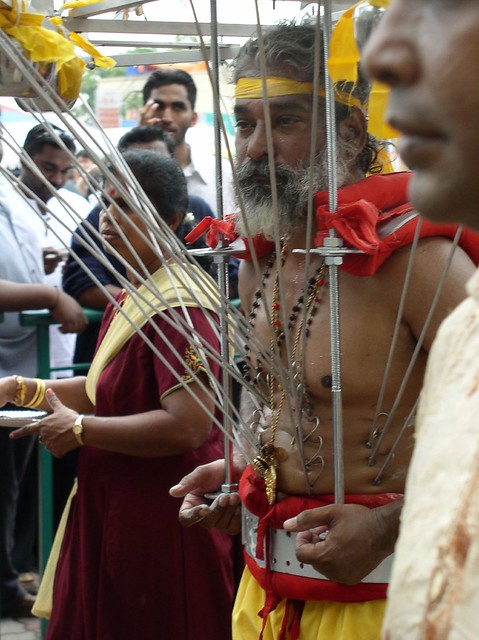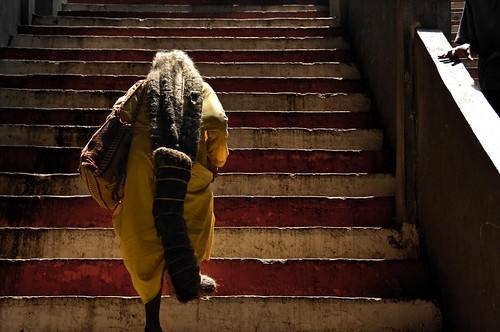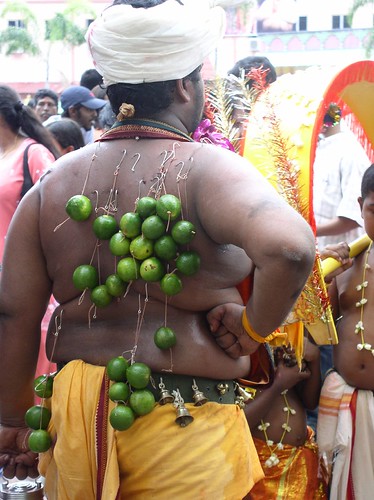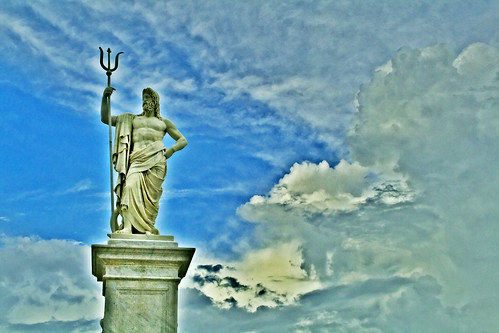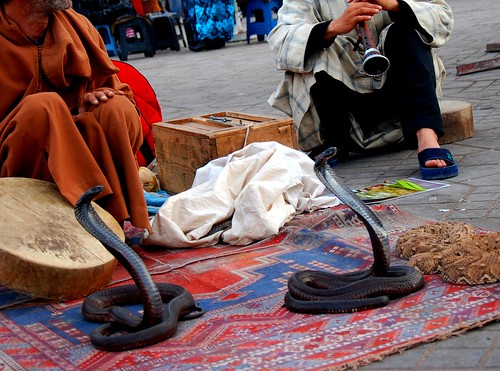Image of a Sumerian terracotta relief called the ‘Burney relief’ or ‘Queen of the Night Relief’ (now in the British museum), with her bird-feet and owls suggest to a connection with Lilitu (Lilith in the Bible, and identified as the first wife of Adam in extra-Biblical Jewish folklore).
The Alphabet of Ben Sira is considered to be the oldest story of Lilith as Adam's first wife. The concept of Eve having a predecessor is not exclusive or new to the Alphabet, as it can be found in Genesis Rabbah.
Lilith is believed to have originated as a female Mesopotamian storm demon associated with wind. The figure of Lilith first appeared in a class of wind and storm demons or spirits as Lilitu in Sumer around 4000 BC. The phonetic name Lilith is believed to have originated in ancient Israel before 700 BC.
Although references to Lilith in the Talmud are sparse, some passages provide an insight into the demoness yet seen in Judaic literature. The Talmudic allusions to Lilith illustrate her characteristic wings and long hair, dating back to her earliest extant mention in Gilgamesh: "Rab Judah citing Samuel ruled: If an abortion had the likeness of Lilith its mother is unclean by reason of the birth, for it is a child but it has wings" (Niddah 24b), and, "In a Baraitha it was taught: She grows long hair like Lilith, sits when making water like a beast, and serves as a bolster for her husband” ('Erubin 100b).
The idea that Adam had a wife prior to Eve might have come from an interpretation of the Book of Genesis and its dual creation accounts. While Genesis 2:22 describes God's creation of Eve from Adam's rib, an earlier passage 1:27 indicates that a woman had been made, "So God created man in his own image, in the image of God created he him; male and female created he them". The Alphabet text places Lilith's creation after God's words in Genesis 2:18, "It is not good for man to be alone". In this text God creates Lilith out of the clay from which he made Adam but she and Adam bicker. Lilith claims that since she and Adam were created in the same way they were equal and she refuses to submit to him:
“After God created Adam, who was alone, He said, 'It is not good for man to be alone.' He then created a woman for Adam, from the earth, as He had created Adam himself, and called her Lilith. Adam and Lilith immediately began to fight. She said, 'I will not lie below,' and he said, 'I will not lie beneath you, but only on top. For you are fit only to be in the bottom position, while I am to be the superior one.' Lilith responded, 'We are equal to each other inasmuch as we were both created from the earth.' But they would not listen to one another. When Lilith saw this, she pronounced the Ineffable Name and flew away into the air.”
“Adam stood in prayer before his Creator: 'Sovereign of the universe!' he said, 'the woman you gave me has run away.' At once, the Holy One, blessed be He, sent these three angels Senoy, Sansenoy, and Semangelof, to bring her back.”
“Said the Holy One to Adam, 'If she agrees to come back, what is made is good. If not, she must permit one hundred of her children to die every day.' The angels left God and pursued Lilith, whom they overtook in the midst of the sea, in the mighty waters wherein the Egyptians were destined to drown. They told her God's word, but she did not wish to return. The angels said, 'We shall drown you in the sea.’”
“'Leave me!' she said.’I was created only to cause sickness to infants. If the infant is male, I have dominion over him for eight days after his birth, and if female, for twenty days.’”
“When the angels heard Lilith's words, they insisted she go back. But she swore to them by the name of the living and eternal God: 'Whenever I see you or your names or your forms in an amulet, I will have no power over that infant.' She also agreed to have one hundred of her children die every day. Accordingly, every day one hundred demons perish, and for the same reason, we write the angels' names on the amulets of young children. When Lilith sees their names, she remembers her oath, and the child recovers.”
In folk traditions of the early middle ages, Lilith became identified with Asmodeus, King of Demons, as his queen. The second myth on Lilith included legends about existence of another world. Asmodeus and Lilith were believed to procreate demonic offspring endlessly, spreading chaos. Many disasters were blamed on them, such as causing wine turning into vinegar, men becoming impotent, women unable to give birth, and death of infants.
There are two main characteristics in these legends about Lilith: Lilith as the incarnation of lust, causing men to be led astray, and Lilith as a child-killing witch. The aspect of the witch-like role that Lilith plays broadens her archetype of the destructive side of witchcraft.
Lilith (1892), oil painting by British artist John Collier, located in Southport Atkinson Art Gallery
The Kabbalah mysticism attempted to establish a more exact relationship between Lilith and the Deity. Her origin has many versions. One mentions her creation as being before Adam's, on the fifth day, because the ‘living creatures’ with whose swarms God filled the waters included none other than Lilith. Another version recounts how Lilith was created with the same substance as Adam was, shortly before. A third version states that God originally created Adam and Lilith in a manner that the female creature was contained in the male. Lilith's soul was lodged in the depths of the Great Abyss. When God called her, she joined Adam. After Adam's body was created a thousand souls from the Left (evil) side attempted to attach themselves to him. However, God drove the evils off. Adam was left lying as a body without a soul. Then a cloud descended and God commanded the earth to produce a living soul. This God breathed into Adam, who began to spring to life and his female was attached to his side. God separated the female from Adam's side. The female side was Lilith, whereupon she flew to the Cities of the Sea and attacked humankind. Yet another version claims that Lilith was not created by God, but emerged as a divine entity that was born spontaneously, either out of the Great Supernal Abyss or out of the power of an aspect of God (the Gevurah of Din). This aspect of God, one of his ten attributes (Sefirot), at its lowest manifestation, has an affinity with the realm of evil and it is out of this that Lilith merged with Samael. According to The Alphabet of Ben-Sira, Lilith was Adam's first wife.
Another legend of the Kabbalah faith links Lilith with the creation of luminaries. The ‘first light’, which is the light of Mercy (one of the Sefirot), appeared on the first day of creation when God said, “Let there be light”. This light became hidden and the Holiness became surrounded by a husk of evil. “A husk (klippa) was created around the brain” and this husk spread and brought out another husk which was Lilith.
Another version that was also current among Kabbalah circles in the middle ages establishes Lilith as the first of Samael's four wives: Lilith, Naamah, Igrath, and Mahalath, each of them being mothers of demons. The marriage of archangel Samael and Lilith was arranged by the ‘Blind Dragon’, who is the counterpart of ‘the dragon that is in the sea’.
The Blind Dragon acts as an intermediary between Lilith and Samael: Blind Dragon rides Lilith the Sinful. And Blind Dragon causes the union between Samael and Lilith. Just as the Dragon that is in the sea (Isa. 27:1) has no eyes, likewise Blind Dragon that is above is without eyes, that is to say, without colors (Patai81:458). Samael is called the Slant Serpent, and Lilith is called the Tortuous Serpent.
The marriage of Samael and Lilith is known as the ‘Angel Satan’ or the ‘Other God’. To prevent Lilith and Samael's demonic children Lilin from filling the world, God castrated Samael. In many 17th century Kabbalah books, this concept is based on the identification of ‘Leviathan the Slant Serpent and Leviathan the Torturous Serpent’ and a reinterpretation of an old Talmudic myth. After Samael became castrated and Lilith was unable to fornicate with him, she left him to couple with men who experience nocturnal emissions. A 15th or 16th century Kabbalah text states that God has ‘cooled’ the female Leviathan, meaning that he has made Lilith infertile and she is a mere fornication.
Another passage charges Lilith as being a tempting serpent of Eve's: “And the Serpent, the Woman of Harlotry, incited and seduced Eve through the husks of Light which in itself is holiness. And the Serpent seduced Holy Eve, and enough said for him who understands. And all this ruination came about because Adam the first man coupled with Eve while she was in her menstrual impurity - this is the filth and the impure seed of the Serpent who mounted Eve before Adam mounted her. Behold, here it is before you: because of the sins of Adam the first man all the things mentioned came into being. For Evil Lilith, when she saw the greatness of his corruption, became strong in her husks, and came to Adam against his will, and became hot from him and bore him many demons and spirits and Lilin (Patai81:455f).
Lilith is listed as one of the Qliphoth, corresponding to the Sephirah Malkuth in the Kabbalistic Tree of Life. The demon Lilith is described as a beautiful woman, who transforms into a blue, butterfly-like demon, and it is associated with the power of seduction.
Another similar monster was the Greek Lamia, who likewise governed a set of child-stealing Lamia demons. She has different origins and is described as having a human upper body from the waist up and a serpentine body from the waist down. Lamia had a vicious sexual appetite that matched her cannibalistic appetite for children. The Empusae were a class of supernatural demons that Lamia was said to have birthed.
In Arabic lore, Karina is considered Lilith’s equivalent, mentioned as a child-killing witch. Karina plays the role of a ‘shadow’ of a woman and a corresponding male demon, Karin, is the ‘shadow’ of a man. Should a woman marry, her Karina marries the man’s Karin. When the woman becomes pregnant, Karina will cause her chaos. She will try to drive the woman out and take her place, cause a miscarriage by striking the woman and if the woman succeeds in having children then her Karina will have the same number of children she does. Karina will continuously try to create discord between the woman and her husband. Karina plays the role of disrupter of marital relations, akin to one of Lilith's roles in Jewish tradition.
The Pre-Raphaelite Brotherhood (around 1848), was greatly influenced by Goethe's work on the theme of Lilith. In 1863, Dante Gabriel Rossetti of the Brotherhood began painting what was his first rendition of ‘Lady Lilith’. Symbols appearing in the painting allude to the ‘femme fatale’ reputation of the Romantic Lilith: poppies (death and cold) and white roses (sterile passion).
Some Magical Orders dedicated to Lilith, featuring initiations specifically related to the arcana of the ‘first mother’ exist. Two organizations that use initiations and Magic associated with Lilith are the Ordo Antichristianus Illuminati and the Order of Phosphorus. A 2006 ‘creative occultist’ work by ceremonial magickian Donald Tyson, titled Liber Lilith, details the ‘secret cosmology’ for the 'Mother of Harlots' and spawn of all night breed monsters, Lilith.
In Luciferianism, Lilith is considered a consort of Lucifer and is identified with the figure of Babalon. She is said to come from the mud and dust, and is known as the Queen of the Succubi. When she and Lucifer mate, they form an androgynous being called ‘Baphomet’ or the ‘Goat of Mendes’, also known in Luciferianism as the ‘God of Witches’.
Writings by Michael W. Ford, including The Foundations of the Luciferian Path, claim that Lilith is a part of the ‘Luciferian Trinity’ consisting of herself, Samael and Cain. Lilith is also said to have been Cain's actual mother, and not Eve. Lilith here is seen as a goddess of witches, the dark feminine principle, and is also known as the Goddess Hecate.
Early writers of modern day Wicca had special reverence for Lilith. Charles Leland associated Aradia with Lilith: Aradia, says Leland, is Herodias, who was regarded in Stregheria folklore as being associated with Diana as chief of the witches. Leland further notes that Herodias is a name that comes from West Asia, where it denoted an early form of Lilith.
According to one view, Lilith was originally a Sumerian, Babylonian or Hebrew mother goddess of childbirth, children, women and sexuality who later became demonized due to the rise of patriarchy. Other modern views hold that Lilith is a dark moon goddess on par with the Hindu Goddess Kali.
The Western Mystery Tradition associates Lilith with the Klipoth of kabbalah. Samael Aun Weor in The Pistis Sophia Unveiled claims that homosexuals are the ‘henchmen of Lilith’. Similarly, women who undergo willful abortion, and those who support such practice are ‘seen in the sphere of Lilith’. Dion Fortune writes, "The Virgin Mary is reflected in Lilith," and that Lilith is the source of ‘lustful dreams’. If one meditates on negative (or inverted) Binah, one readily finds Lilith; to worship Lilith is to use the power of the Holy Spirit for negative purposes.
In a paper on the subject of Feminist Theology, Deborah J Grenn, of the Kohenet Hebrew Priestess Institute, argued that Lilith was a mother goddess whose demonization was designed to keep women alienated from their own 'original sources' of power and spiritual authority. It is argued for ‘a reinterpretation of the divine as embodied by the Semitic Goddess Lilith, she who has been represented and misrepresented in a variety of sacred texts’.




